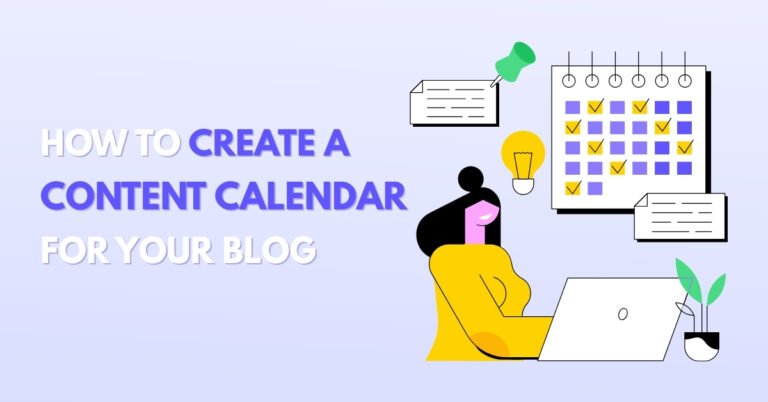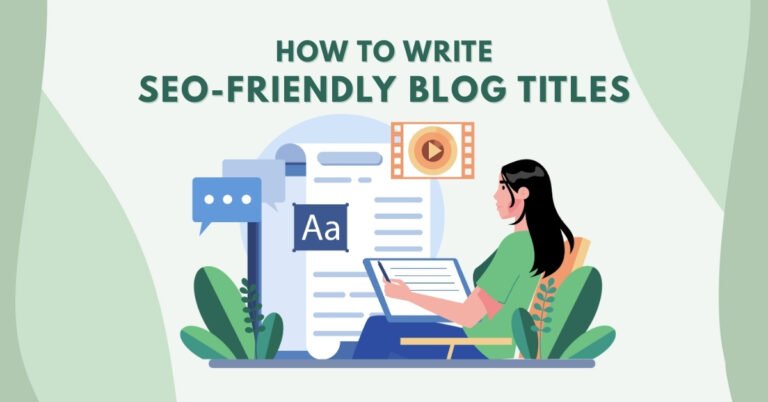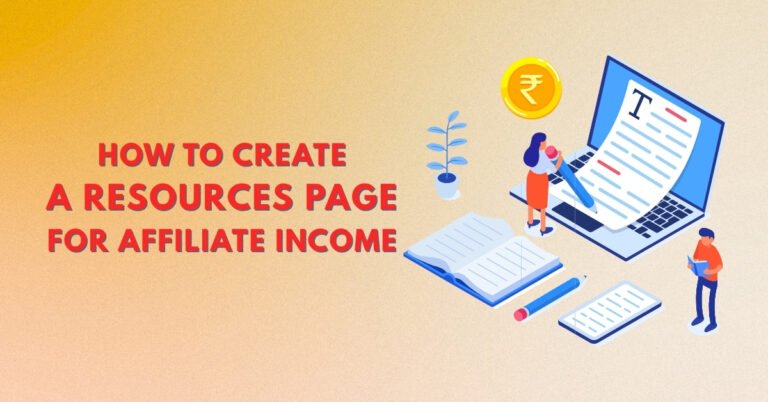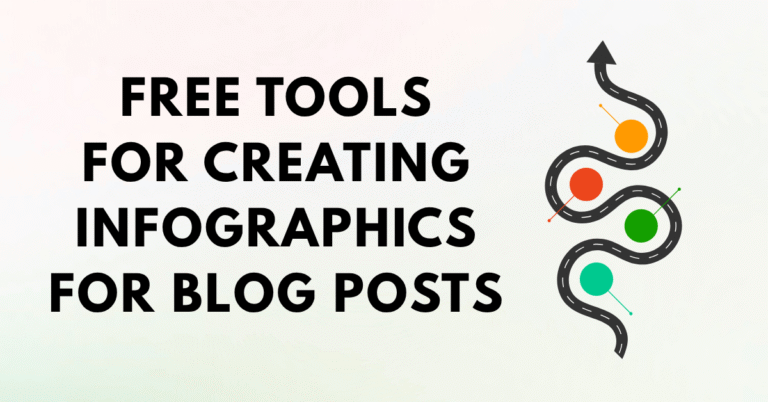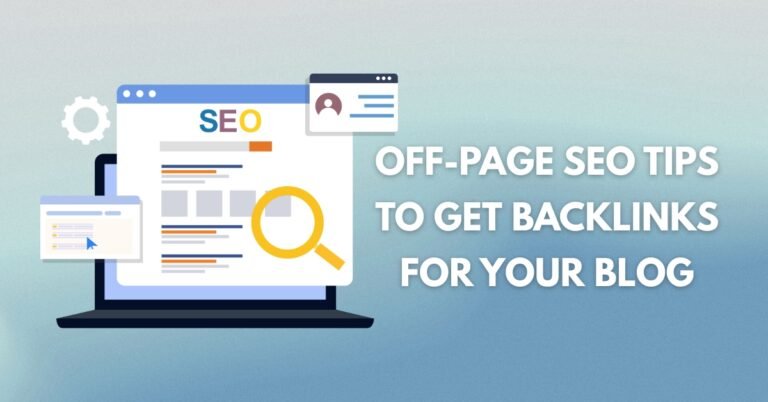Monetizing your blog doesn’t have to rely solely on ads or affiliate links. One of the most powerful and profitable ways to earn passive income is to sell your own eBooks or online courses. Whether you’re a complete beginner or just starting to grow your blog, launching your own product gives you control, authority, and unlimited earning potential.
In this detailed guide, we’ll walk you through every step of the process — from planning and creation to platforms, pricing, and promotion.
Why Sell Your Own eBook or Course?
Selling a digital product offers bloggers many benefits:
- Full ownership & control over pricing, branding, and content
- Passive income potential (sell 24/7)
- Higher profit margins than affiliate marketing
- Establishes authority and expertise in your niche
- Builds trust and deepens your relationship with readers
If you’ve ever helped someone solve a problem through your blog, you already have what it takes to package that knowledge into a product.
Step 1: Choose the Right Topic for Your eBook or Course
Before you start writing or recording anything, you need a topic your audience actually wants.
How to Choose the Right Topic:
- What questions do you get asked most often?
- Which blog posts get the most traffic or comments?
- What skills or experiences do you have that others want to learn?
- Can you solve a burning problem with your product?
Examples for Bloggers:
- “How to Write Blog Posts That Rank on Google”
- “30-Day Blogging Content Calendar Template”
- “Beginner’s Guide to Starting a WordPress Blog”
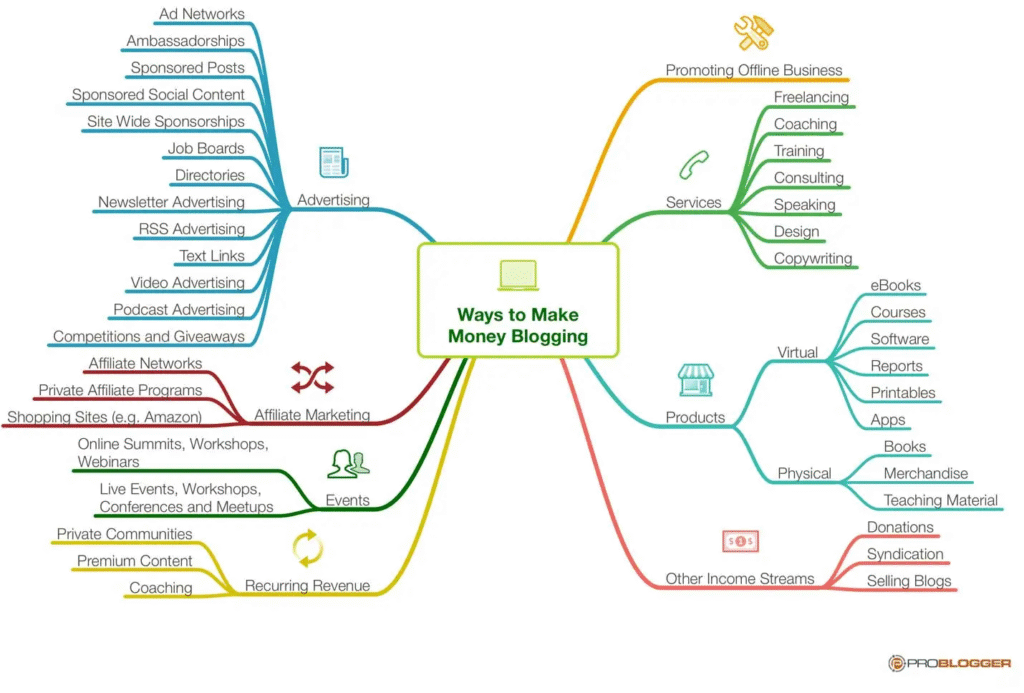
Step 2: Create the Content (eBook or Course)
You’ve picked your topic. Now it’s time to create your product!
If You’re Creating an eBook:
- Outline your chapters (use your blog content as inspiration)
- Write in short, digestible paragraphs
- Include checklists, visuals, or templates
- Use a free tool like Canva or Designrr to format your eBook beautifully
- Export as a PDF
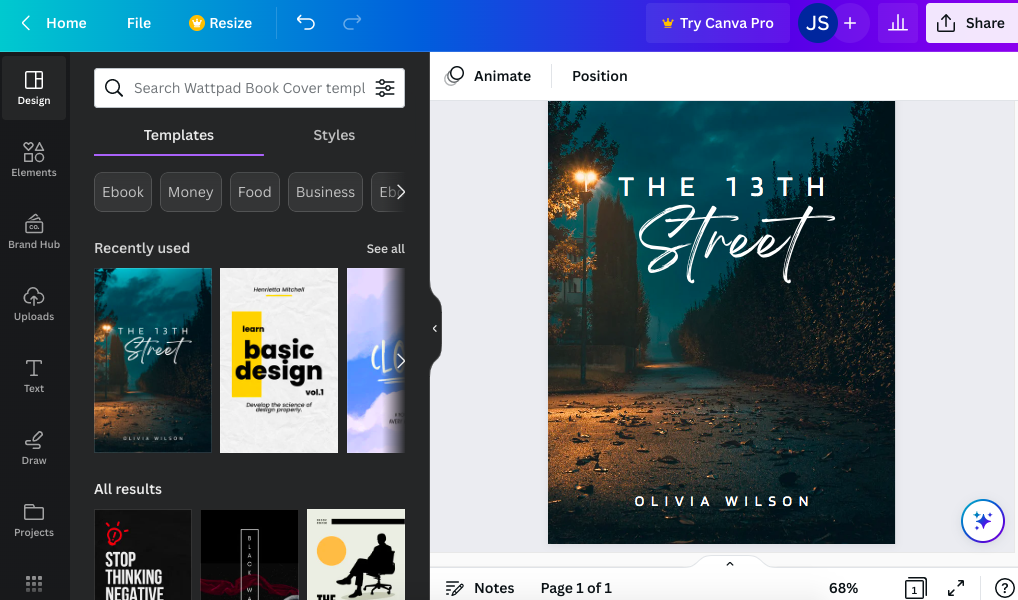
If You’re Creating an Online Course:
- Break down your content into modules and lessons
- Use slides + voiceover, screen recordings, or talking head videos
- Keep lessons under 10 minutes for better engagement
- Use tools like Loom, Zoom, or OBS to record your content
- Create PDFs or worksheets for downloads
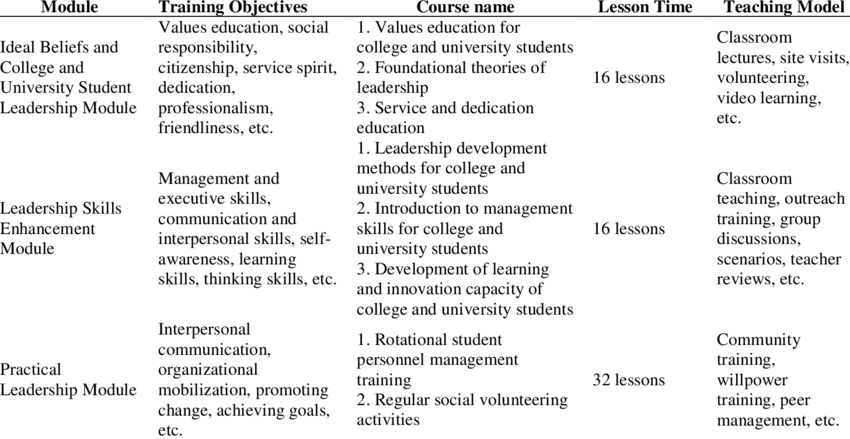
Step 3: Choose a Platform to Sell
Now that your product is ready, you need a place to sell and deliver it.
Best Platforms for Selling eBooks:
- SendOwl – Simple checkout, integrates with PayPal/Stripe
- Gumroad – Great for beginners, no monthly fees
- Payhip – Offers discount codes, affiliates, and EU VAT handling
Best Platforms for Selling Online Courses:
- Teachable – Drag-and-drop builder, free plan available
- Thinkific – Clean UI, includes marketing tools
- Podia – All-in-one platform for email, digital products, courses
- Kajabi – Best for pros, pricier but powerful
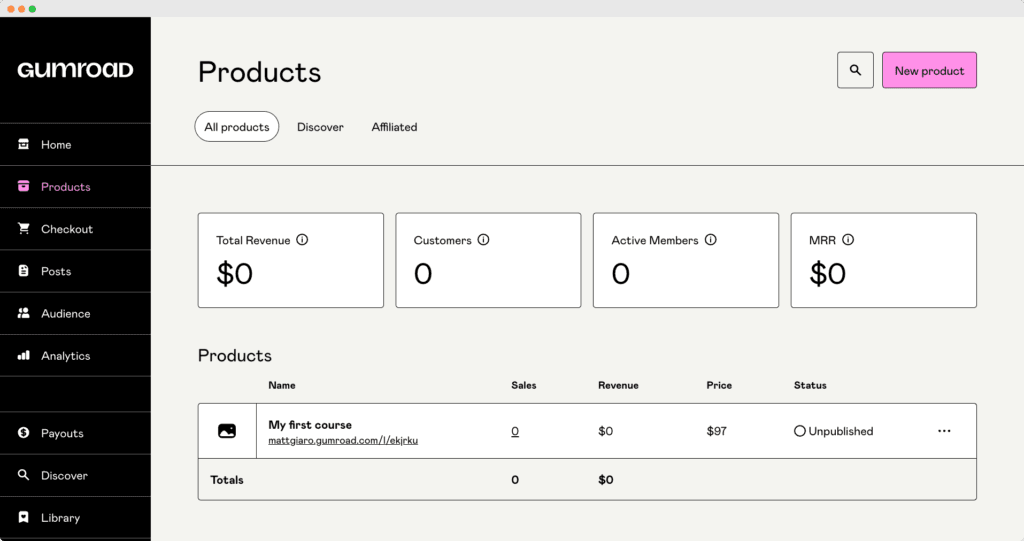
Step 4: Set the Right Price
Pricing Tips:
- Look at competitors in your niche
- Don’t underprice — perceived value matters
- Use tiered pricing (basic, premium) for courses
- Offer early-bird or launch discounts
Example Pricing Ranges:
| Product Type | Beginner Price | Advanced Price |
|---|---|---|
| Short eBook (20–30 pages) | $5–$15 | $25+ |
| Full Course (2–4 hours) | $29–$79 | $199+ |
Step 5: Build a Sales Page That Converts
Your sales page should do one job: convince your visitor to buy.
Must-Have Elements on Your Sales Page:
- Compelling headline
- Clear product description
- Benefits, not just features
- Testimonials or reviews
- Bonus materials (e.g. checklist, workbook)
- Guarantee or refund policy
- Strong call-to-action (Buy Now button)
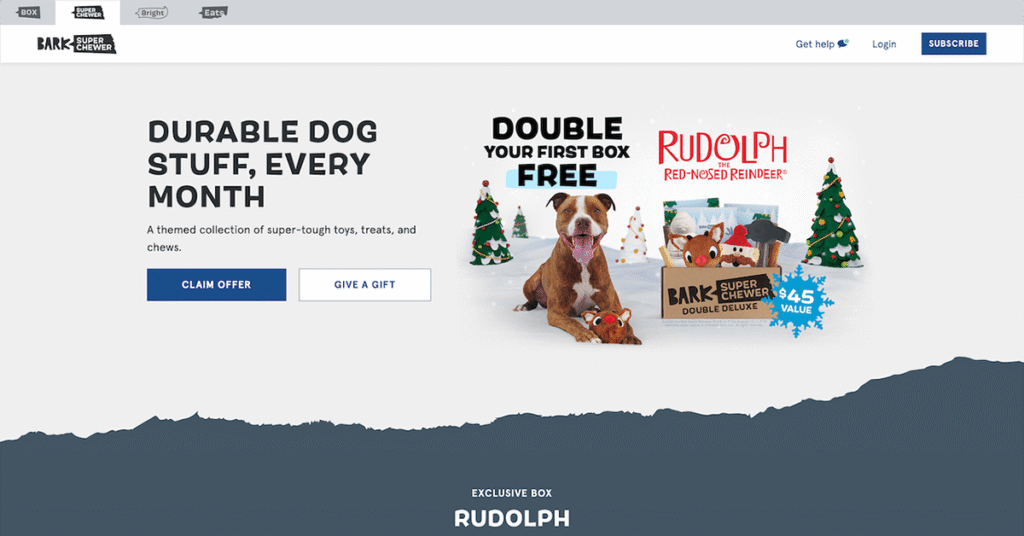
Step 6: Promote Your Product Effectively
You can’t just publish your product and expect sales to roll in. Promotion is key.
Free Ways to Promote:
- Add banners or CTA buttons on blog posts
- Create a dedicated blog post (like this one!)
- Share on Pinterest, Facebook groups, and Instagram
- Use your email list (even if it’s small)
- Offer a free lead magnet to funnel users to your paid product
Paid Promotion Options:
- Run Facebook/Instagram ads
- Promote via Google Ads for niche keywords
- Partner with bloggers or influencers via affiliate marketing
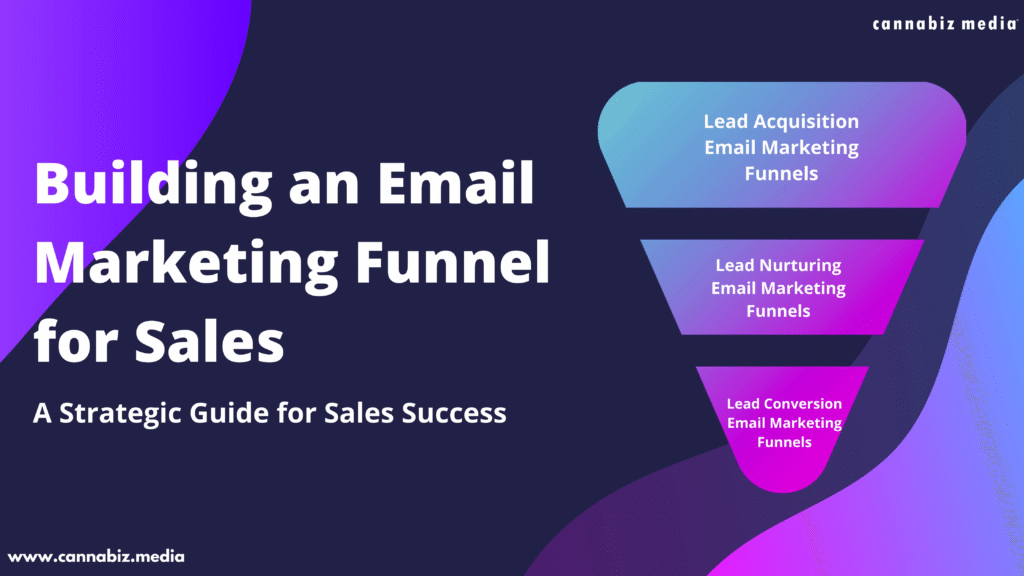
Step 7: Automate and Scale
Once you’ve made your first few sales, it’s time to scale:
- Set up automated email funnels
- Bundle your products (eBook + Course)
- Start an affiliate program
- Collect testimonials and success stories
- Launch seasonal sales or coupons
Tools You Need to Sell eBooks or Courses
Here’s a handy list of tools to help you get started:
For eBooks:
- Canva or Designrr (Design)
- Gumroad or SendOwl (Selling)
- ConvertKit or MailerLite (Email marketing)
For Courses:
- Loom or OBS (Recording)
- Teachable or Podia (Hosting)
- ThriveCart or Stripe (Checkout)
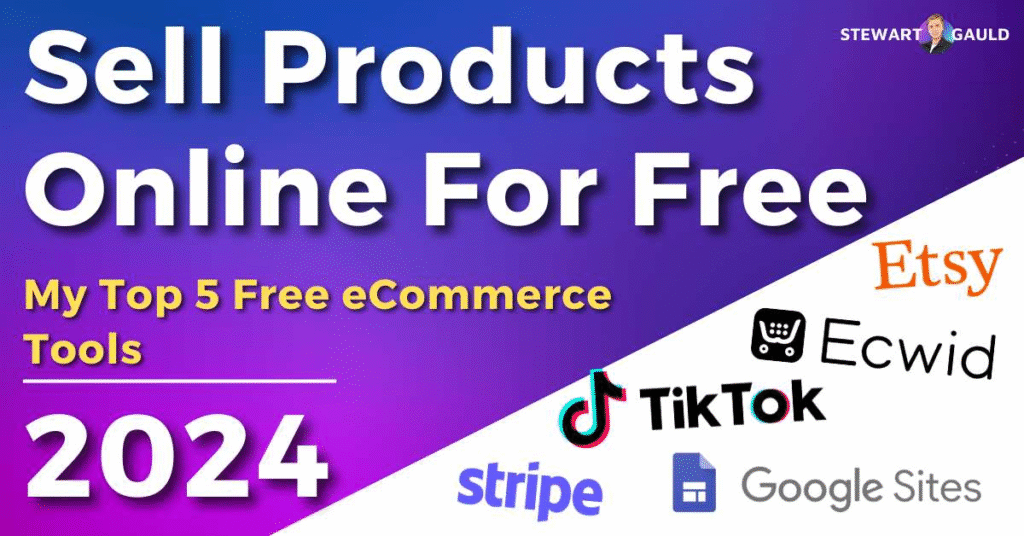
Common Mistakes to Avoid
- Waiting too long to launch — You don’t need to be perfect
- Overcomplicating your course — Simplicity sells
- Ignoring your audience — Validate your idea before building
- Using the wrong platform — Choose based on your needs and budget
- No sales funnel — Promote through your blog and email list
FAQ: Selling eBooks and Courses
Yes, using plugins like Easy Digital Downloads, WooCommerce, or ThriveCart integrations.
PDF is the most common and easiest to distribute.
Final Thoughts
Selling your own eBook or course is one of the smartest ways to turn your blog into a profitable business. You already have the knowledge. All that’s left is to package it, promote it, and serve your audience with value.
Remember: You don’t need to be an expert. You just need to be one step ahead of your reader.

